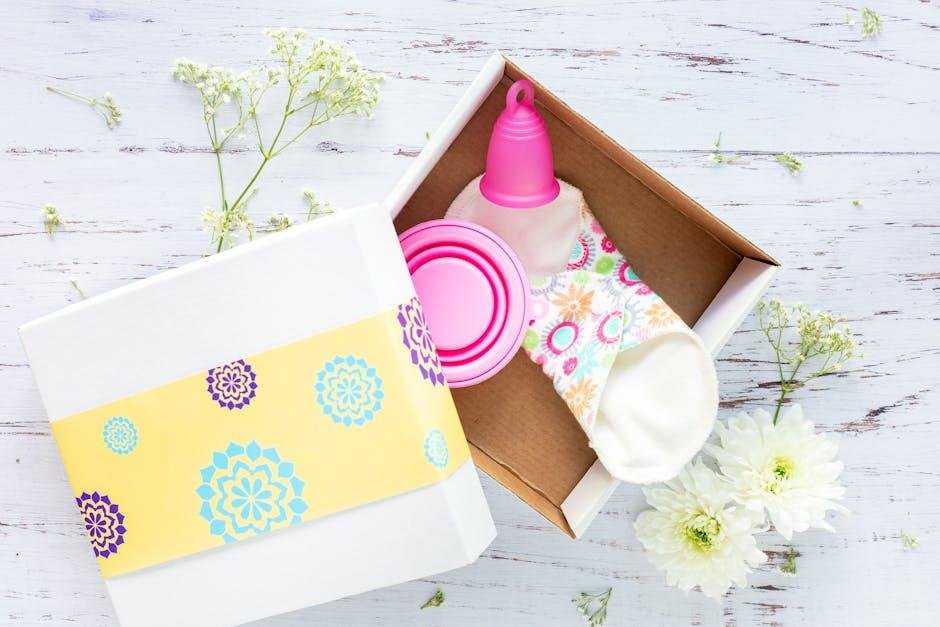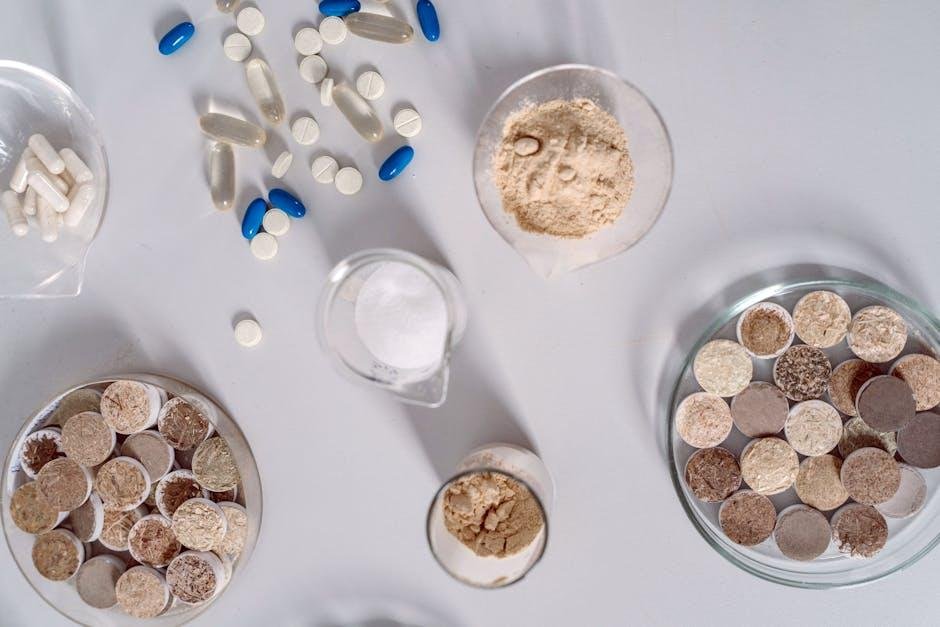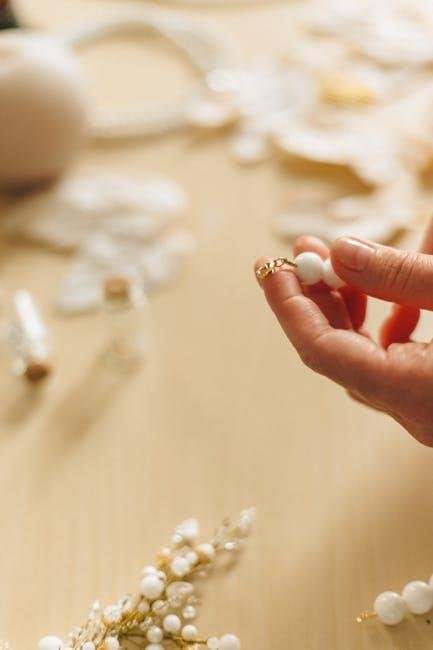As the movement toward sustainability and wellness continues to grow, the realm of beauty is experiencing a transformative shift. This year, the clean beauty trend has blossomed into a vibrant tapestry of innovation and consciousness, redefining our approach to cosmetics and skincare.From eco-kind ingredients to minimalist formulations, consumers are becoming more discerning about the products they choose to adorn their bodies. in this article, we will explore the most popular clean beauty trends that are shaping the industry in 2023, highlighting the practices that not onyl elevate personal care but also honor our planet. Join us as we navigate this fresh landscape of beauty, where openness and sustainability take centre stage, inviting us all to embrace a more mindful approach to our routines.
The Rise of Biodegradable Packaging in Clean Beauty
The shift towards sustainability in the beauty industry has led to a important transformation in packaging solutions, especially within the clean beauty sector. Consumers are increasingly concerned about their environmental footprint, prompting brands to explore eco-friendly alternatives. Biodegradable packaging, made from materials that decompose naturally, is gaining traction as a viable option. This innovative approach not only reduces waste but also mirrors the values of many consumers who prioritize both ethics and aesthetics in their beauty choices.
brands are now opting for materials like cornstarch, mushroom packaging, and plant-based plastics, which decompose over time and can be integrated back into the earth without harmful residues. To further illustrate this growing trend, here are some advantages of incorporating biodegradable packaging in clean beauty products:
| Advantages | Description |
|---|---|
| Environmental Impact | reduces landfill waste and pollution. |
| consumer Appeal | Attracts eco-conscious consumers seeking enduring options. |
| Brand Responsibility | Positions brands as leaders in sustainability and innovation. |
| Circular Economy | Supports a system where materials are reintroduced into the production cycle. |
The emergence of biodegradable packaging is reshaping consumer expectations, with a growing demand for transparency and responsibility from brands. As the clean beauty movement continues to evolve, it becomes clear that sustainable packaging not only represents a trend but also a necessary shift towards a greener planet.

Innovative Ingredients Transforming Skin Care Routines
In the ever-evolving landscape of clean beauty, innovative ingredients are leading the charge in transforming skin care routines into tailored experiences that cater to individual skin needs. Formulations that harness the power of natural extracts, biotechnology, and sustainable sourcing are not only rejuvenating our skin but also enhancing our connection to the surroundings. Among the standout ingredients revolutionizing the sector are:
- Adaptogens: These plant-derived compounds help skin adapt to stress and combat environmental damage.
- Probiotics: Beneficial bacteria that support the skin’s microbiome, promoting a healthier complexion.
- Bakuchiol: A natural alternative to retinol that delivers anti-aging benefits without irritation.
- Blue Tansy Oil: known for its soothing properties, this oil helps calm inflammation and redness.
Additionally, with the emphasis on transparency and ethical practices, many brands are incorporating unique ingredients that not only offer skin benefits but also stay true to the clean beauty ethos. The trending elements are often sourced through responsible harvesting practices, preserving biodiversity. A few notable examples include:
| Ingredient | Benefit | Source |
|---|---|---|
| Green Tea Extract | Powerful antioxidant, combats free radicals | Camellia sinensis plant |
| marula Oil | Nourishes and hydrates, rich in fatty acids | Marula tree seeds |
| Sea Buckthorn Oil | Rich in vitamins, supports skin repair | Sea buckthorn berries |

The Shift Towards personalized Beauty Solutions
The beauty landscape is evolving, and consumers are increasingly seeking products tailored to their unique needs. This shift has given rise to a surge in brands focusing on personalized solutions that resonate with individual skin types, concerns, and preferences. Rather than a one-size-fits-all approach, the market is now leaning towards offerings that include customizable formulations, where consumers can choose specific ingredients or even create their own blends.This trend not only empowers customers but also emboldens brands to innovate and forge deeper connections with their clientele.
Technology plays a crucial role in this transformation. From at-home skin analysis tools to AI-driven recommendations, the journey to personalized beauty has never been more accessible. Consumers can now benefit from services like:
- Skin quizzes that determine the best products for their skin.
- Ingredient matchmaking to find what works best for them.
- Subscription boxes delivering customized products right to their doorsteps.
| Personalized Solutions | Benefits |
|---|---|
| Custom Formulations | Target specific skin concerns |
| AI Recommendations | Access to tailored suggestions |
| Subscription Models | Convenience and consistency |

Embracing Transparency: Understanding Clean Beauty Labels
In the ever-evolving realm of beauty, transparency has become a crucial mantra embraced by conscious consumers and brands alike. Clean beauty labels frequently enough aim to unveil what lurks behind product formulations.Understanding these labels is essential for making informed choices. There are several key elements to look for:
- Ingredients List: Always check for clarity and comprehensibility in ingredient names. Avoid products laden with chemical jargon that sounds foreign.
- Certifications: Look for recognized certifications, which can serve as a quality assurance seal, ensuring the product meets clean beauty standards.
- Sourcing Facts: brands that take pride in their ingredient origins frequently enough disclose their sourcing practices, reflecting their commitment to sustainability.
- No ‘Dirty Dozen’: Familiarize yourself with the commonly banned ingredients in clean beauty, often referred to as the “Dirty Dozen,” which include parabens, sulfates, and phthalates.
Ultimately, a clean beauty label serves as a guidepost, illuminating the path to conscientious consumption. These labels not only reflect the growing demand for transparency but also signify an industry shift towards greater integrity. To further visualize the difference, here’s a simple comparison table to clarify key terms often found on clean beauty products:
| Term | Meaning |
|---|---|
| Non-Toxic | Free from harmful substances that can affect health |
| Organic | Made with ingredients grown without synthetic pesticides or fertilizers |
| Vegan | Contains no animal-derived ingredients |
| Cruelty-Free | Not tested on animals at any stage of production |
Insights and Conclusions
As we navigate the vibrant landscape of clean beauty, it becomes increasingly clear that this year is not just about trends but a deeper commitment to conscious consumption. From the rise of innovative eco-friendly packaging to the embrace of minimalist routines, the clean beauty movement is inviting us to rethink our relationship with skincare and makeup. It’s a journey that prioritizes not just what we put on our skin but also the health of our planet.
As you explore these popular trends, consider how they align with your values and beauty goals. Each choice you make contributes to a broader shift towards sustainability and well-being. Let these insights inspire you to curate a beauty routine that reflects both your individuality and your commitment to a cleaner, greener future.
The world of clean beauty is ever-evolving,and as you embrace these trends,remember that the real beauty lies in the intention behind them. Here’s to a year of radiant skin, responsible choices, and the transformative power of clean beauty.

